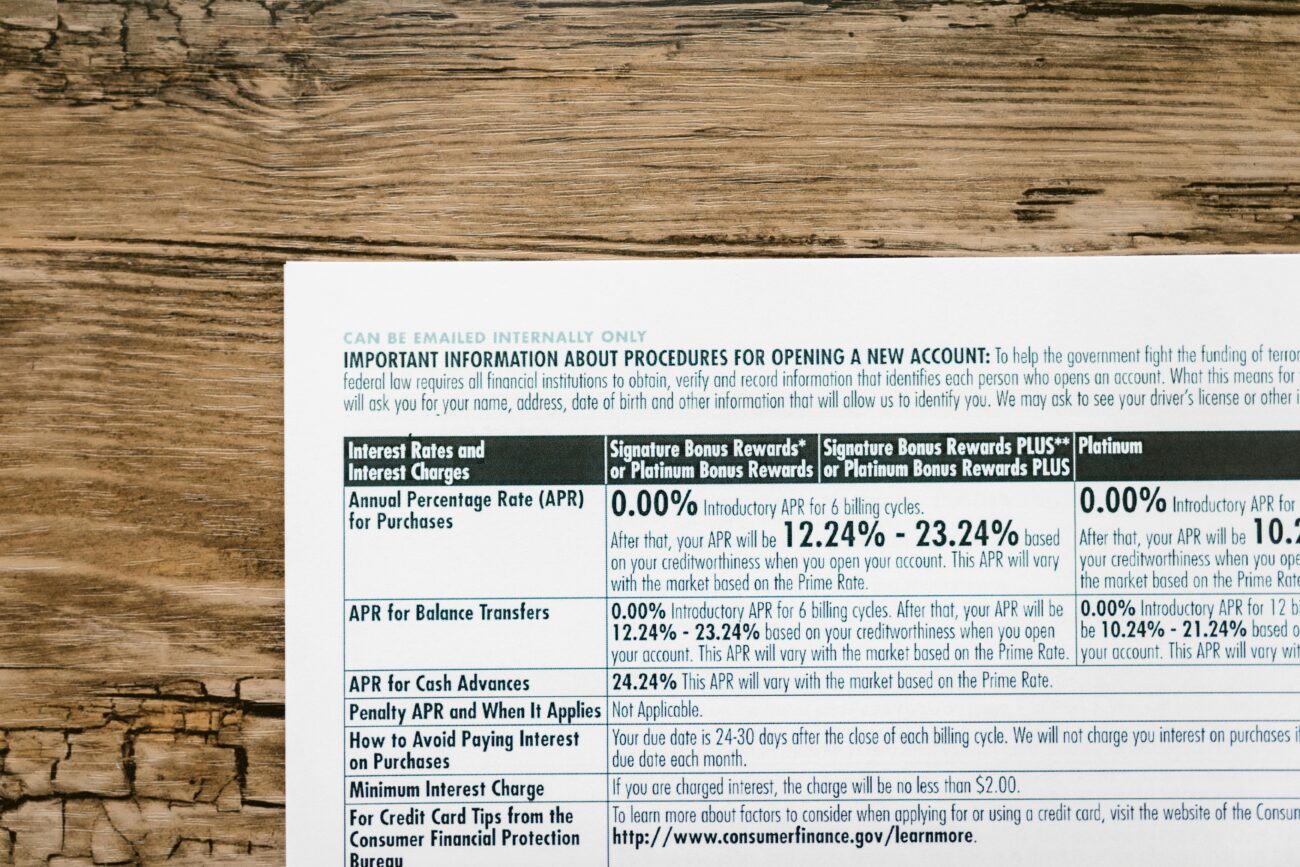If you’re facing lower back pain, an MRI can provide crucial insights into what might be causing your discomfort. But what happens when you don’t have insurance? Understanding the costs associated with a lower back MRI is essential for making informed decisions about your health.
Understanding MRI Costs
The cost of an MRI can vary significantly based on several factors, including location, facility type, and whether you have insurance. However, without insurance, prices typically range from $400 to $3,500.
Factors Influencing Cost
- Geographic Location: Prices can vary between urban and rural areas.
- Type of Facility: Hospitals generally charge more compared to outpatient imaging centers.
- Time of Week: Some facilities offer discounts on weekends or specific days.
- IMR Type: A full MRI scan is often more expensive than a targeted scan.
Average Costs of Lower Back MRI
Here’s a quick breakdown of average costs for a lower back MRI:
- Hospital: $2,000 – $3,500
- Outpatient Imaging Center: $400 – $1,000
- Emergency Room: $1,000 – $4,000 (including other expenses)
How to Lower MRI Costs
There are several strategies you can use to reduce your MRI costs:
- Shop Around: Prices can vary widely, so getting quotes from several providers is beneficial.
- Ask About Payment Plans: Many facilities offer flexible payment options.
- Inquire About Discounts: Some facilities may offer discounts for cash payments.
- Negotiate: Don’t hesitate to ask if the price can be adjusted.
Using a Benefits Broker
Consulting a health benefits broker can help you understand your options, even if you currently don’t have insurance. They may guide you toward affordable short-term insurance plans or other financial assistance programs.
Financial Assistance Programs
There are programs available to help patients manage the costs of imaging services:
- Medicaid: Eligibility may allow low-income individuals to access MRIs.
- Charity Care Programs: Many hospitals have financial aide programs.
- Non-profits and Advocacy Groups: These organizations may assist with imaging costs.
When to Consider Getting an MRI
Consider an MRI for lower back pain if:
- Your pain persists for more than six weeks.
- You experience weakness in your legs or feet.
- There are changes in bowel or bladder control.
Conclusion and Next Steps
Understanding the costs associated with a lower back MRI without insurance empowers you to make informed decisions. By exploring various options and resources, you can find a solution that fits your budget and health needs.
For more details on affordable imaging services, visit Healthcare.gov or contact local facilities for pricing information.
